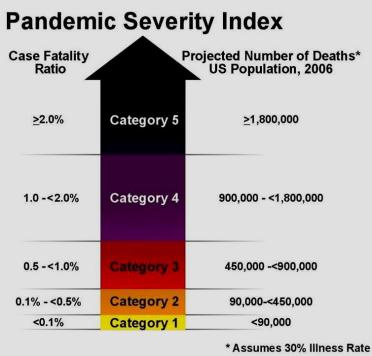This is an exercise. It is not real.
Hello everyone. This is the end of week two of the pandemic flu blog exercise. Thanks for sticking with us. There will be no posts over the weekend, and the next post is on Monday and will be the third and final mock news clip that says the pandemic is peaking across the county. New sickness numbers will be published, too. We’ll have posts on Monday and Tuesday, with Tuesday being the last day of the blog exercise.
There has been more going on in this exercise than just the blog posts. We are engaging some of the public to call the district epidimiologists with specific situational updates and questions. This helps get the communities involved and comfortable talking to the health district staff. Below are a few of the inputs like this:
– Pocatello Police Department calls and asks for recommendations for personal protective equipment (PPE) for police officers.
– Caribou County office calls the epi’s to discuss a staffing shortage at a local major employer.
– Idaho State University calls the epi’s to discuss the situation and what they are doing about it and what they can expect. International students are specifically discussed.
– Power County nurse called epi’s to inform us that that courts have closed because of staffing issues (50% sickness there).
– Hospitals are using the daily sickness numbers to familiarize themselves with event tracking in newly fielded bed tracking software.
Still to come next week in the exercise:
– Counties establish alternate care sites (Bannock County and Portneuf Medical Center did theirs on July 25). Goals are to setup cots and other available equipment, establish an ICS organizational chart with expected/known actual people, conduct a walk-thru of the facility from the patients standpoint (where would I park? where would I register? where would I shower? where/what would I eat? where do I store personal belongings?, etc etc), and create a floor plan for the site.
– County mass casualty disaster trailers will be requested and deployed to the first major highway. This portion of the exercise will review requesting procedures (including county dispatches) and dispatching procedures up to the point that the trailer would be on a main highway and we know the travel distance time under normal conditions.
– Southeastern District Health Department Emergency Operations Center will conduct EOC operations training on July 30, including the Planning P process.
– District-wide communications checks between counties. Bannock County AARL is assisting. The Idaho Army National Guard Joint Incident Site Communications Capability (JISCC) will be setting up the SDHD EOC as if there were no landline communications available. The JISCC facilitates all-satellite communications. Communications being checked include radio comms (700mhz interoperability), satellite phones, and WebEOC login. We are also educating counties about Wireless Priority Service (WPS) and Government Emergency Telecommunications Service (GETS).
On August 5, the health district staff will tape a wrap-up summary of the exercise on local access Channel 12 in Pocatello. This is another method of educating the public about pandemic flu.
The After Action Conference is scheduled for the end of August.
All readers are encouraged to leave a comment about how the situation will impact your life.
This is an exercise. It is not real.



 Posted by sdhdtraining
Posted by sdhdtraining 

